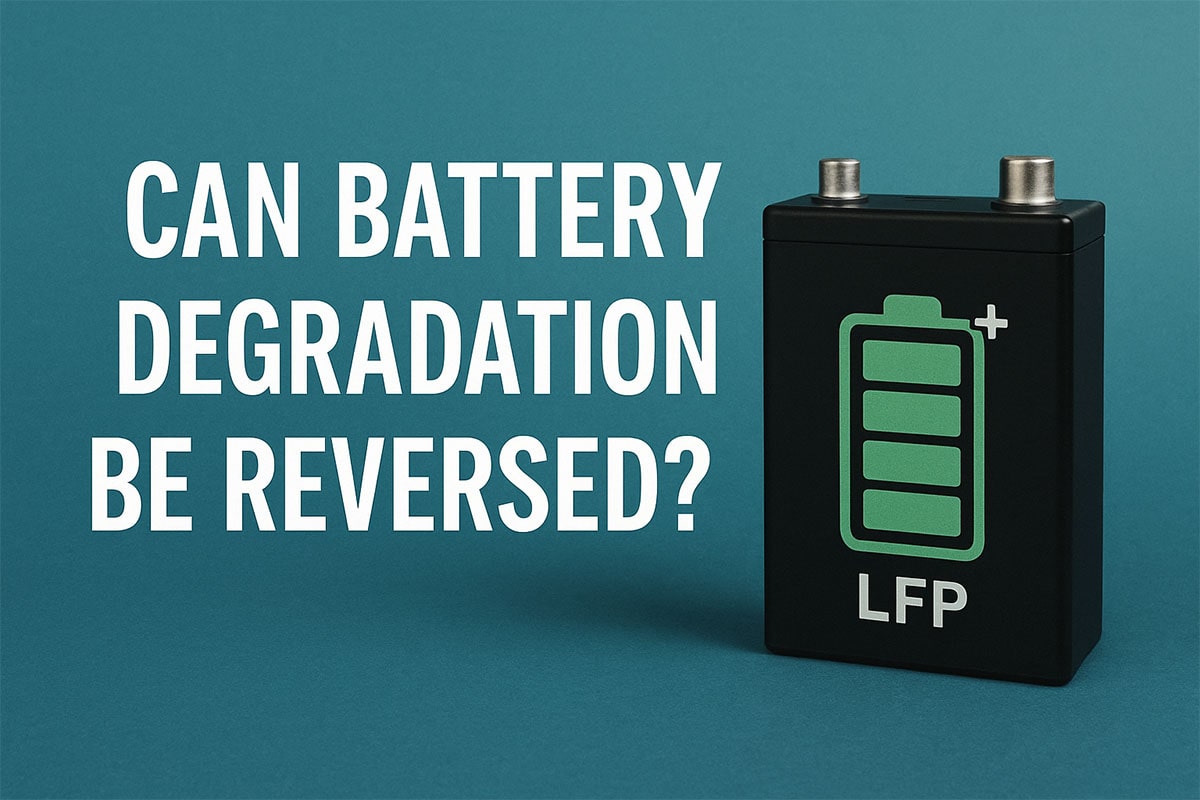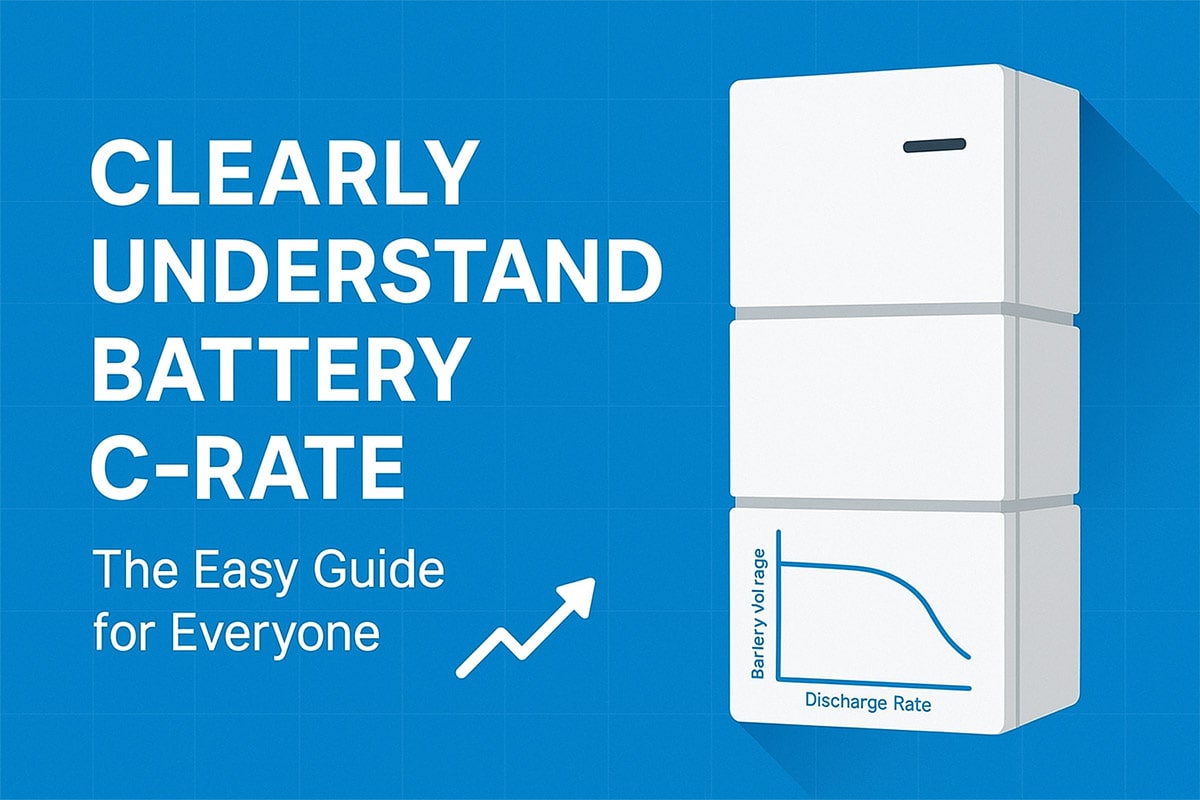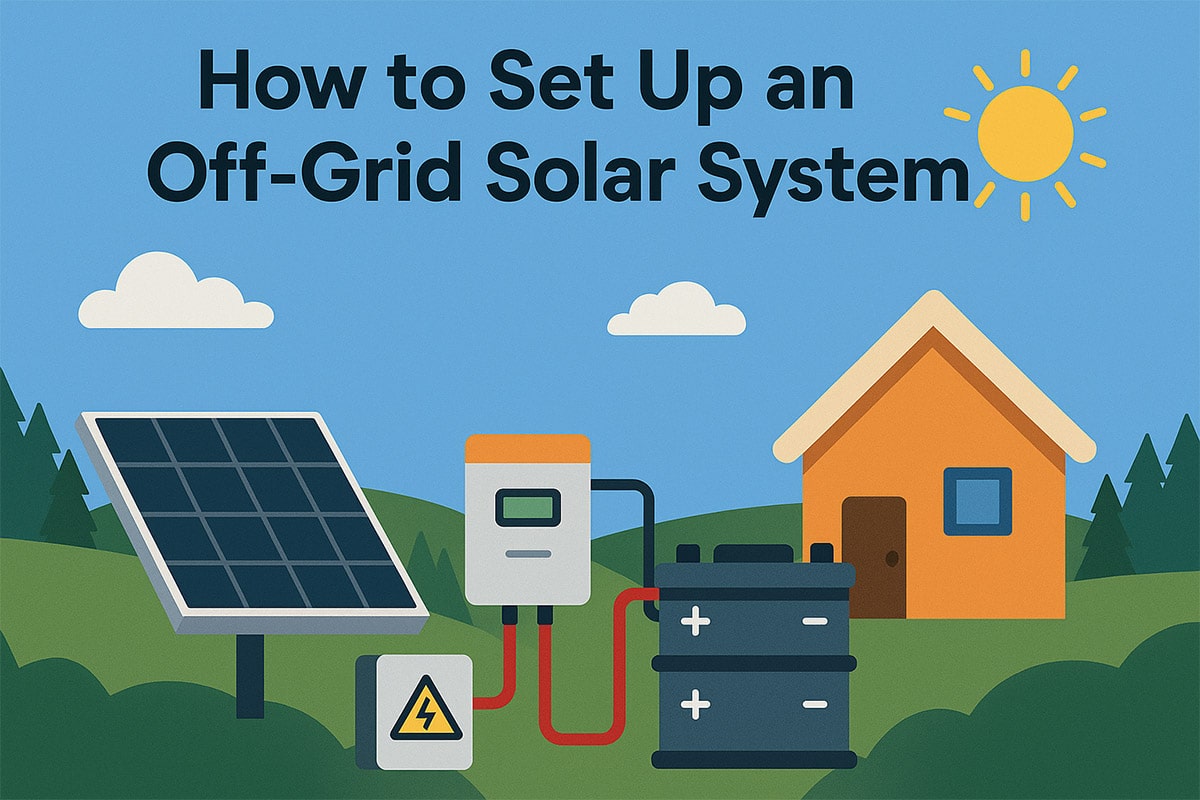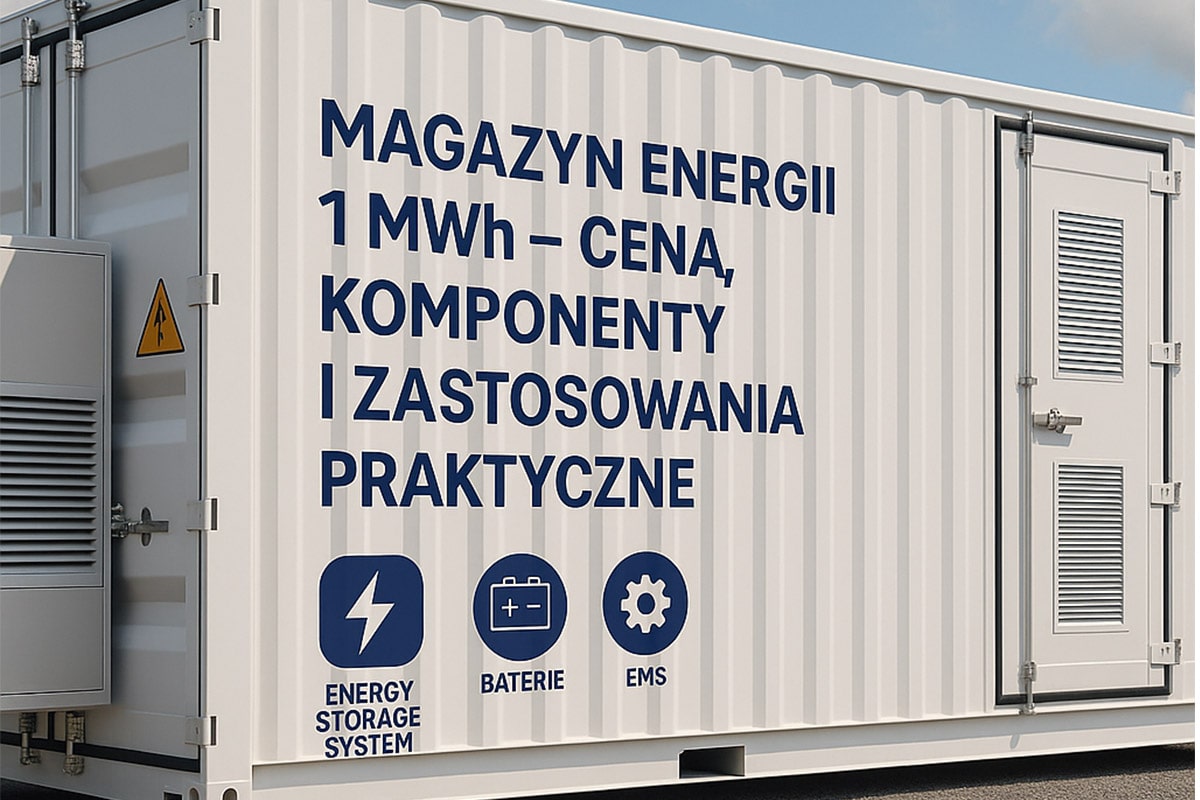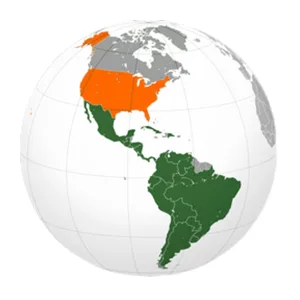Knowledge Summary of Solar Energy System for Household
Knowledge Summary of Solar Energy System for Household
Nowadays, people’s willingness to purchase solar power systems (for household) has been greatly enhanced under the energy shortage situation. At the same time, more and more countries and cities have introduced subsidies. But in terms of specific products, we still don’t know much about them. Let’s summarize the knowledge of solar energy system, so that you can quickly become half an industry expert.
1. What is a solar power system (for household)?
To put it simply, household solar power systems refer to systems that generate electricity and supply power by installing solar panels at home. Currently, there are products for pure power generation for personal use, with or without energy storage systems.
Specifically, it mainly includes all-in-one machines and split machines.Because the latter has richer and more convenient usage scenarios, it is more popular.
Household solar power system all-in-one machine is an integrated system that puts inverter, battery and controller inside. It can display the working status conveniently, quickly and intuitively through the touch screen, and can modify parameters and multiple working modes for easy use. Generally, there are three working modes: solar energy priority mode, AC (mains power) priority mode, and SE priority mode (peak shifting power consumption mode).
In the split-type household solar power system, the battery and the inverter are installed separately. Users can match the household energy storage inverter according to their own needs, and can also match the switching power supply or inverter as a backup power supply. Generally, it includes four types: hybrid solar system + battery energy storage system, off-grid solar system + energy storage system,on grid solar system and EMS(Energy Management System).
For household solar energy system, the integrated system will be more cost-effective and more convenient for operation and maintenance.

2. What are the benefits of installing a household solar power system?
During the day, the electricity generated by photovoltaics is preferentially used by local loads, and the excess energy is stored in the battery, and can be selectively incorporated into the grid when there is still surplus electricity;
At night, when the photovoltaic system fails to generate electricity, the battery discharges to provide electricity for local loads.
The household energy storage system can improve the degree of household photovoltaic self-generation and self-use, reduce the user’s electricity bill, and ensure the stability of the user’s electricity consumption under extreme weather conditions.
For users in areas with high electricity prices, peak-to-valley price differences, or old grids, it is more economical to purchase household storage systems, and household users have the motivation to purchase household storage systems.
3. How about the price of home solar power system?
Generally speaking, if there are 3 to 5 electrical appliances that consume electricity daily at home, a 3KW power generation system can basically meet the demand. Such a scale of electricity consumption does not necessarily need to be equipped with solar panels for power generation. You can choose an all-in-one machine that can be directly charged by the mains for backup, and the price is around 5,000 US dollars. (the standard here is based on reliable brands that have reached the safety level, the same below)
If there are 7 to 10 electrical appliances that consume electricity daily, the total power of the power generation system is preferably around 5KW. The price of a 5KW household photovoltaic power generation system is around 12,000 US dollars.
If the daily power consumption reaches 12 to 15 appliances, especially if smart home and new energy vehicle charging are also considered, it is best to choose a 10KW power generation system with a price of about 25,000 US dollars.
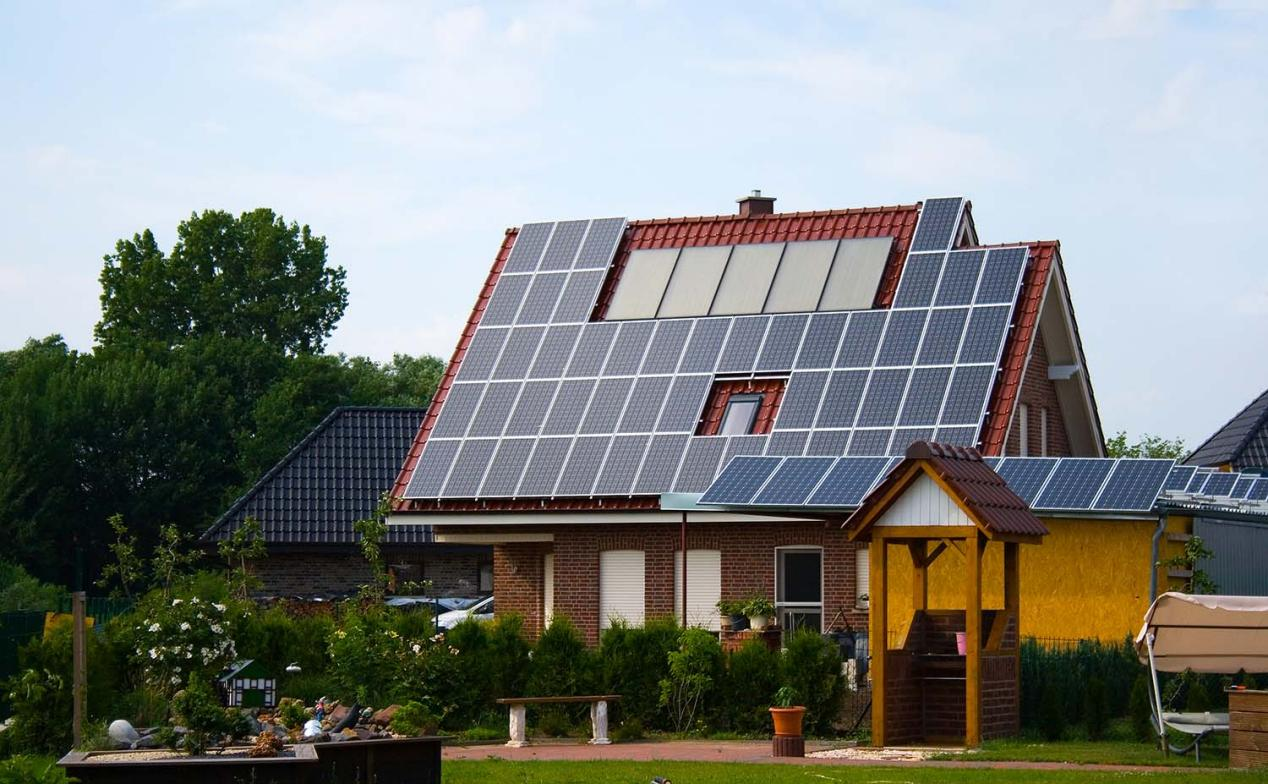
4. How long will it take to pay back the cost of installing a household solar photovoltaic power generation system?
Taking the residential project in Shanghai as an example, according to the effective installation area of the user’s roof, we take the installed capacity of 10 kW as an example, the grid-connected voltage is 380V, the electricity is self-generated and used, and the rest is connected to the grid.
According to the annual average sunshine time in Shanghai, the average monthly power generation of the project is about 1100 kWh. If the sum of personal use and sales to the grid is added, it will be included in the Shanghai distributed subsidy policy. On the basis of the national subsidy of US$0.059/kwh, plus $0.056/kWh local distributed subsidy, the total investment of the system is about $10,000. It is estimated that the cost can be recovered in 4-5 years. Considering that the photovoltaic modules have a 30-year life cycle, the remaining 25-26 years are the pure profit period.
5. Can the household solar power system “surplus electricity be connected to the grid”?
Sure. “Spontaneous self-use, surplus electricity connected to the grid” is a consumption mode of household distributed solar power system. For this mode, the solar grid-connection point is set on the load side of the user’s electric meter, and it is necessary to add a solar reverse-transmission electric meter, or set the grid electric meter to two-way metering. The solar power consumed directly by the users themselves can directly enjoy the sales price of the grid in a way of saving electricity charges; the counter-transmission power is measured separately and settled at the prescribed on-grid power price.
However, there are differences in subsidy policies in different regions. You can consult the municipal or county-level energy authorities.
6. Why do you need to customize the home solar energy system solution before installation?
There are many details to pay attention to in the installation of home solar power system, including roof structure, roof angle and orientation, load-bearing capacity, etc. Every detail will affect the future power generation efficiency and user experience. Therefore, before installation, it is necessary to find a professional team to design targeted home energy storage solutions.
This is a potential safety hazard for the subsequent use of the product. You must know that a set of solar roof power system + energy storage system will generally be used for about 15 years. Demolition and reinstallation, as well as communication and docking with the brand side, are very troublesome.
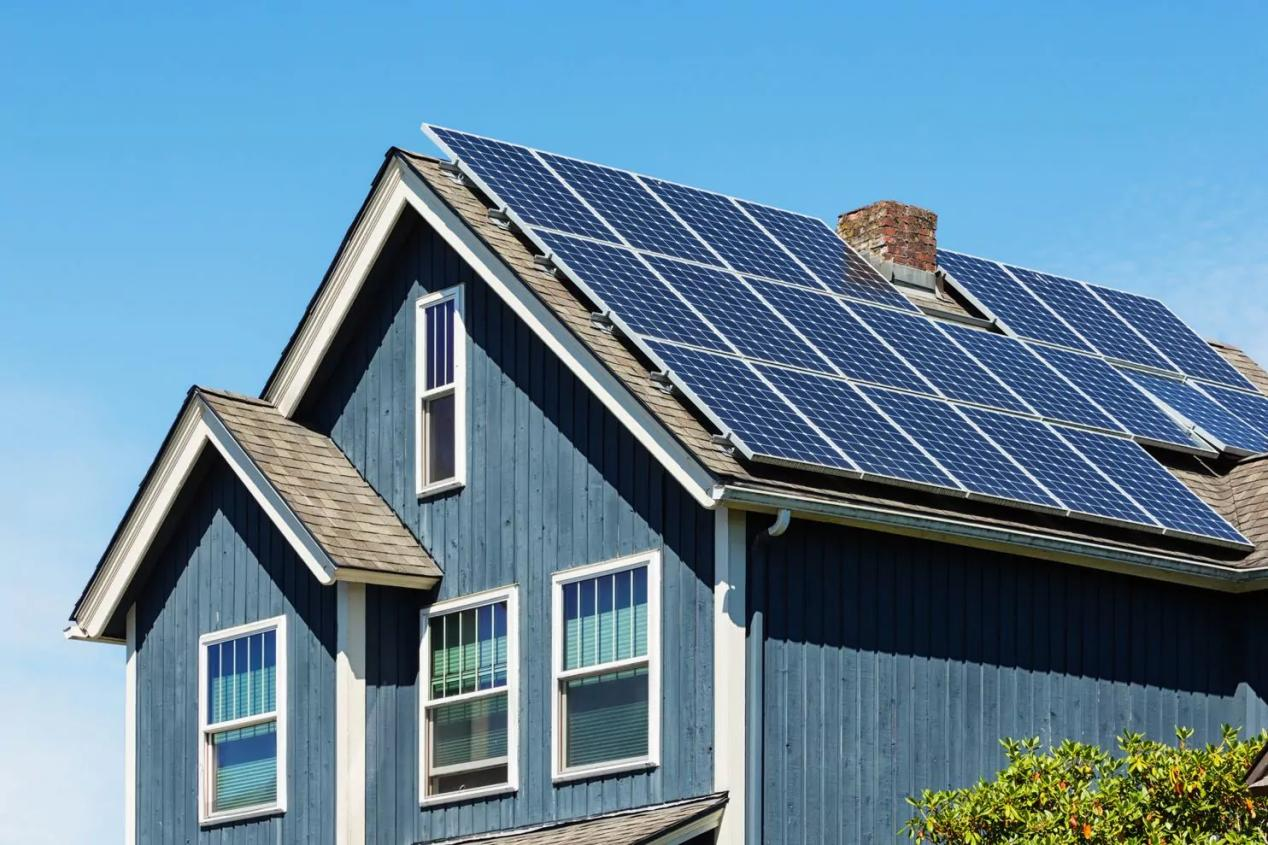
7. How much sunlight can we use?
The annual solar radiation received by the earth’s surface can meet 10,000 times the global annual energy demand. The average annual radiation received per square meter of the surface is between 1000-2000kWh. According to the International Energy Agency, installing solar power systems on 4% of the world’s deserts is enough to meet global energy demand. Photovoltaic power generation has a broad space for development (roofs, building surfaces, open spaces and deserts, etc.), and the potential is huge.
8. How to evaluate the safety of a household solar power system?
Must do 5 to see:
(1) Check whether the battery equipped with the power generation system is a lithium iron phosphate battery, and it is preferably a lithium battery, and the number of cycle charging is more than 6,000 times;
(2) Check whether there is a BMS – battery management system, which can monitor the performance status of the battery, and provide multiple protections for overcharge, overvoltage, overcurrent, overdischarge, overtemperature, overload, etc.;
(3) Check whether there is an EMS energy management system, the fault data can be automatically connected, and the after-sales personnel can find the fault at the first time and solve the equipment problem online;
(4) See if there is a supporting APP connected to the EMS system, so that users can remotely view the power generation and consumption of equipment on their mobile phones, etc., so as to ensure the real safety of power storage and power consumption;
(5) See if there is a visual alarm design, such as whether there is a breathing light to display the power usage, whether a fault can be detected in time through the breathing light, etc.
9. How much electricity can a household solar power system generate per day?
Different products have differences in power generation and storage. For example, a 10KW solar energy system can achieve a daily power generation of 45 kWh/day. Calculated based on 10 kWh of electricity that can be used for about 14.6 hours, the device can be used for about 65.7 hours, which can fully support the daily electricity consumption of the family.
10. What types of roofs are suitable for installation of household solar power systems?
Whether it is a gable roof, a flat roof, a color steel roof, or a glass house/sun house roof, photovoltaic systems can be installed. Today’s home energy storage products can already customize the solar panel installation scheme according to various roof structures, so there is no need to worry about the roof structure.
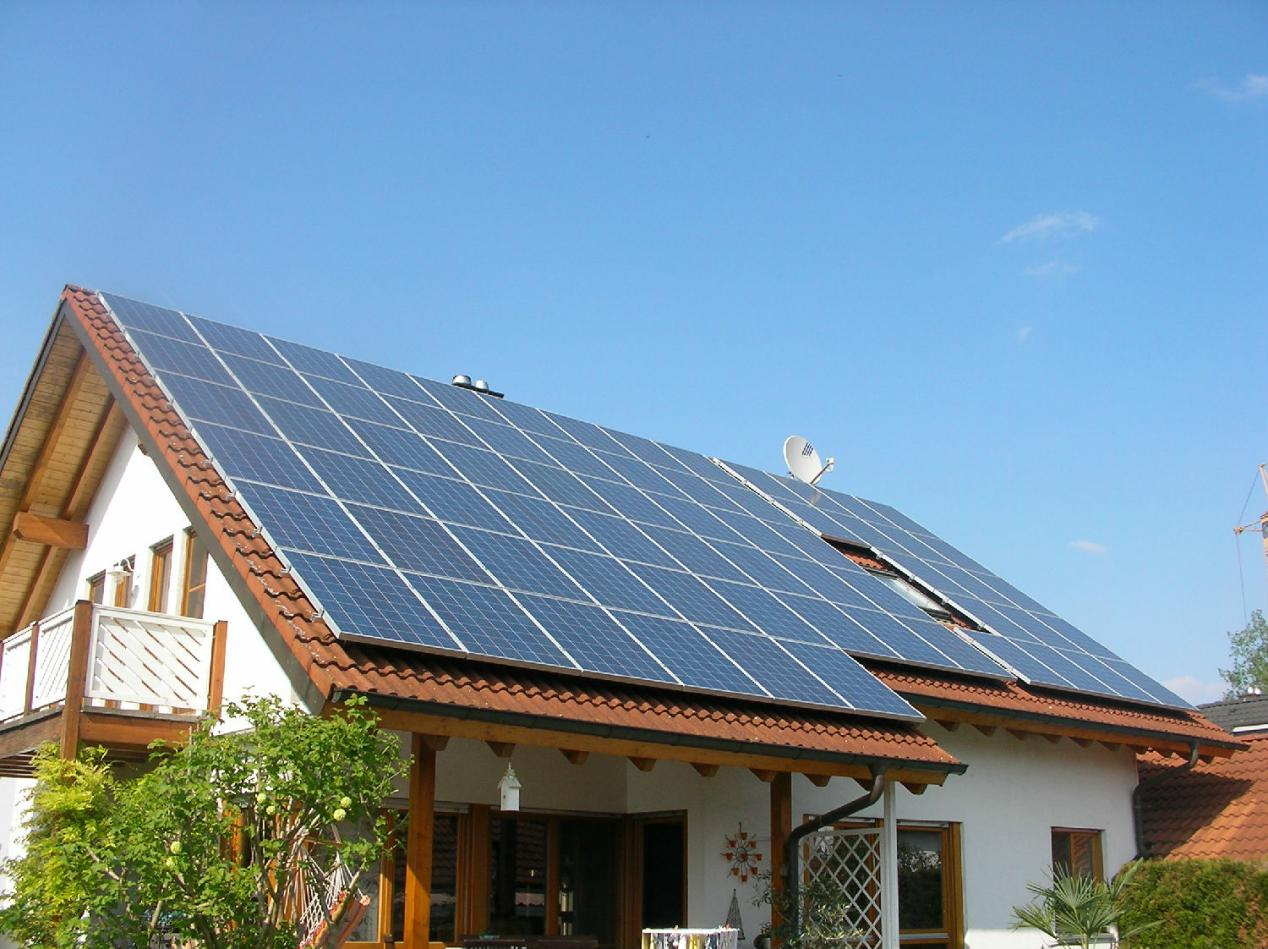
11. How many solar panels are needed to install a household solar power system?
5KW solar energy system:
535W x 8 photovoltaic panels, the total power of photovoltaic panels is 4280W, and the daily power generation is around 20 kWh/day;
7.5KW solar energy system:
535×12 photovoltaic panels, the total power of photovoltaic panels is 64220W, and the daily power generation is around 30 kWh/day;
10KW solar energy system: 535W x 18 photovoltaic panels, the total power of photovoltaic panels is 9630W, and the daily power generation is around 45kWh/day.
12. What is the cost ratio of household solar power system?
The solar energy system mainly includes battery,solar inverters (with mppt controller), solar panels,MC4 and other parts. A typical system is generally 5KW (solar panel+ inverter) + 10KWH (energy storage battery) or 10KW+10KWH.
The battery is the core of the energy storage system, accounting for about 45-50% of the cost; the inverter can control charging and discharging, and perform AC-DC conversion, accounting for about 10-15% of the cost; the solar panel system, namely the solar system, is used for The cost of solar power generation accounts for about 20-25%; the installation cost will rise from US$1,400 in 2021 to about US$2,800, accounting for 15-20%.

